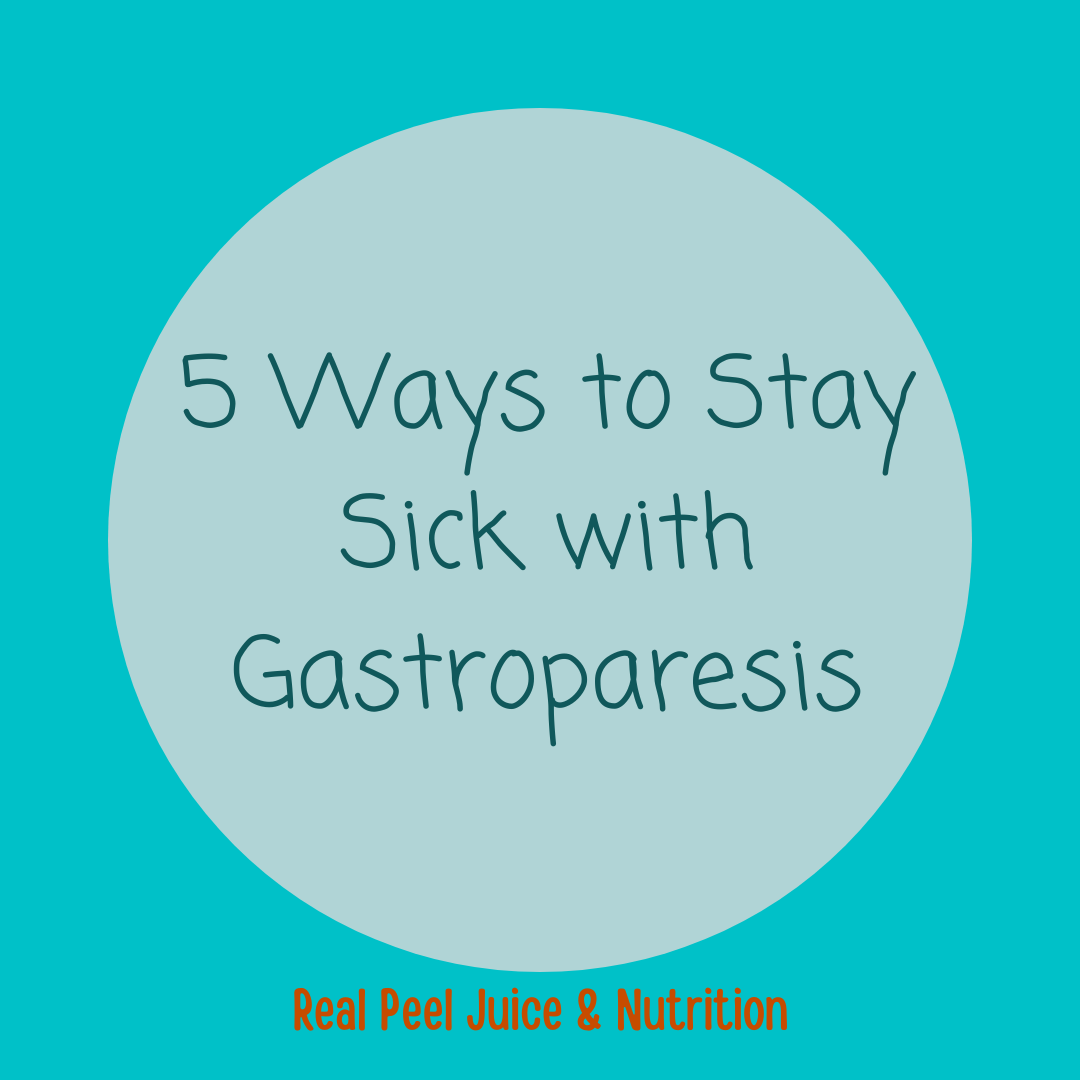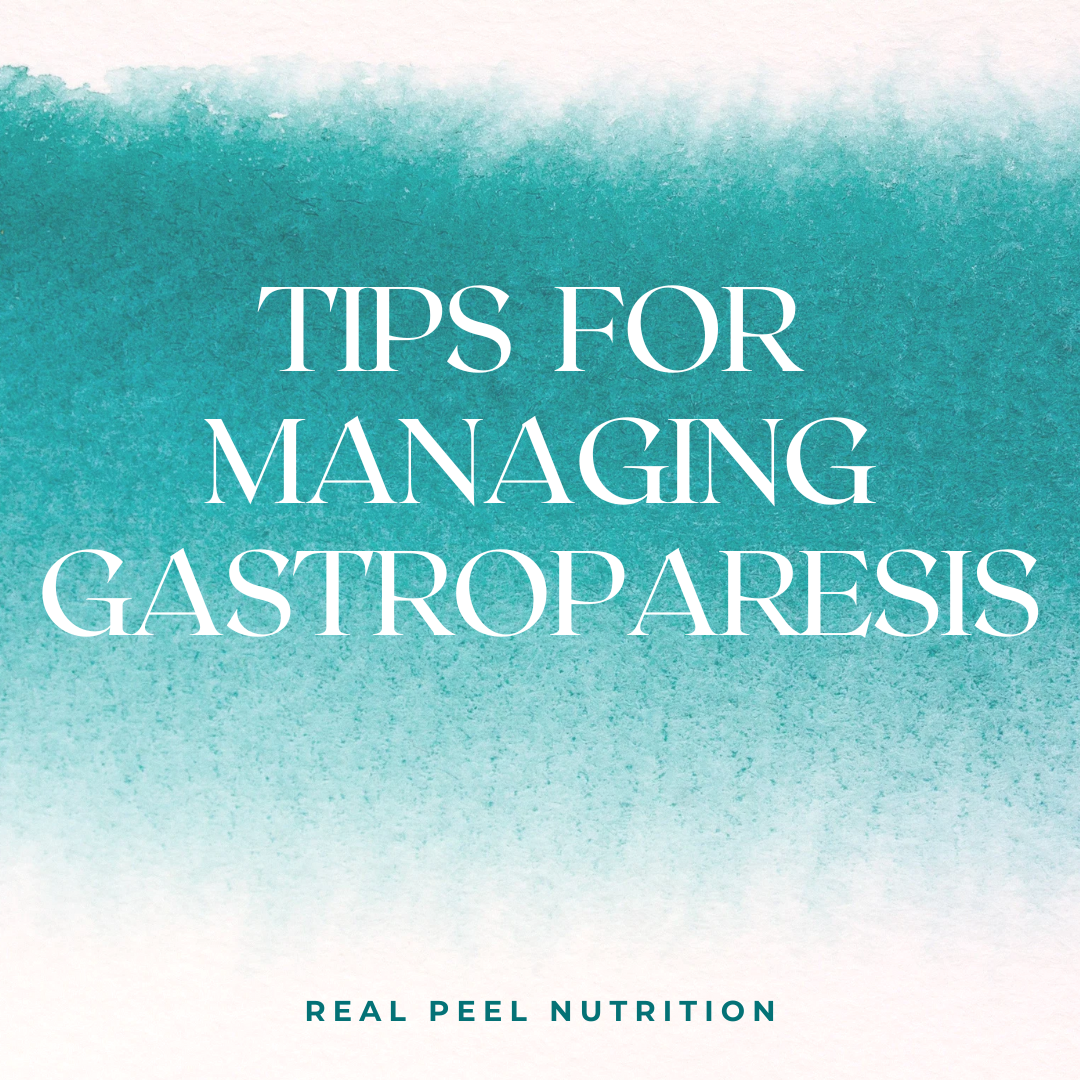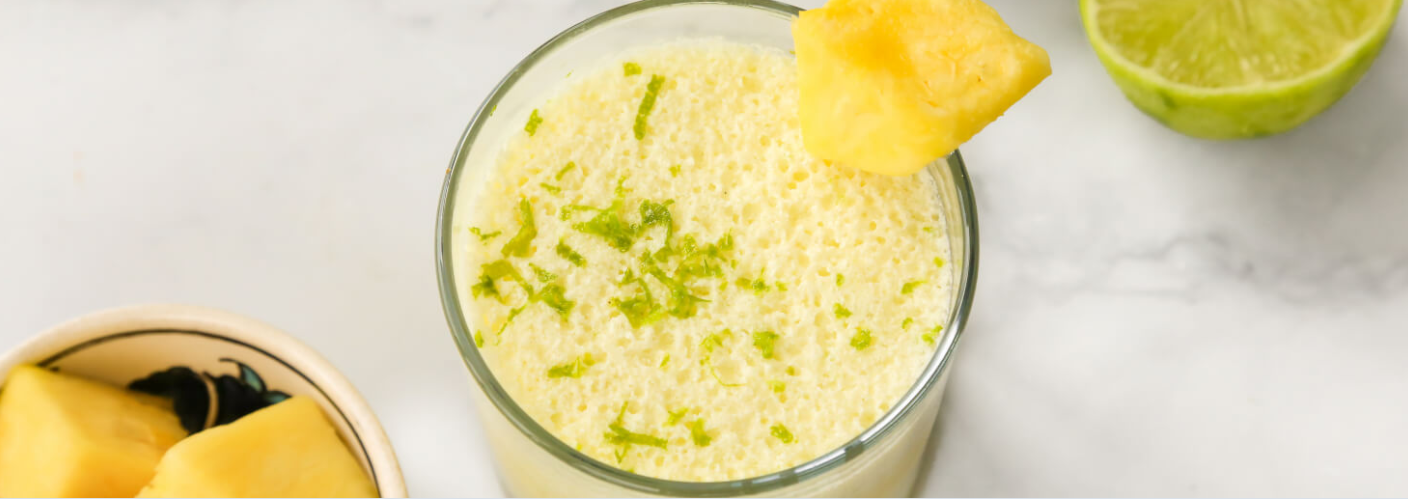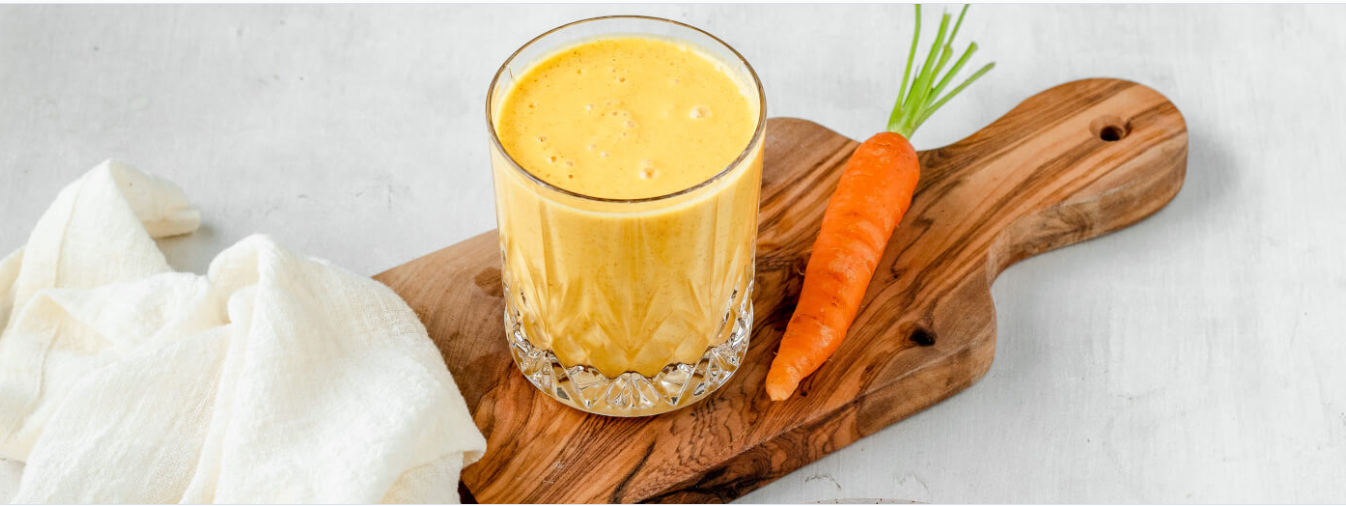Let’s do Part 2 now! These tips are from the 17th-31st of March when we were running our March Management Series.
What’s that? All month long, over on Instagram and Facebook, I did a March Management series on how to manage your Gastroparesis with little tips EVERY. SINGLE. DAY.
Since some of you may not be on social media, I thought it would help you out to consolidate them here.
Some of these you might already know or have tried, but that’s okay! Everyone is on their own journey and some are at the beginning, some are in the middle and some have been at this a while. You never know which one will be the one to move your healing journey forward.
All I ask is for you to be open minded and maybe even try things again. Your body responds to different things at different times.
If you missed the first part, you can check that out HERE.
Otherwise, let’s move onto day 17-31:
17. Prioritize Protein - It is HIGHLY under consumed in those with Gastroparesis, but it is needed so badly! Prioritize each time you eat consuming a good amount of protein. If you struggle with protein digestion, look at consuming it in ways that are already helpful to you. Smoothies, soups, added into foods that are safe for you. You can get unflavored protein for these instances, too. No matter how you do it, just make it a priority.
18. Bye Bye Probiotics - I always have my clients ditch their probiotics when we start working together. A lot of times, you start taking probiotics hoping they will help, but until your motility is better, probiotics can cause more bloating and pain.
So, while I can't tell you here to ditch them, it's something to think about and maybe test out.
Obviously, not everyone reacts the same way, so this is why I do this with my clients in their customized protocol.
19. Hello Magnesium - Magnesium is used for so many things like sleep, muscle relaxation and also digestive issues and constipation.
It's a non-stimulating, non-invasive way to supplement to help your body out.
There are a few types you can use, depending on your needs.
So, if you are interested in magnesium and not sure which to take, please send me an email or comment below and I'd be happy to guide you.
20. Experiment with Textures- Try experimenting with different textures.
We've talked about liquids and soften foods, but there are other ways to include different foods.
You can steam foods, you can air-fry them, you can boil them, and on and on.
21. Eat more, earlier in your day - Today's tip is about spacing out your eating a little differently than you might be used to. Moving forward, you can eat more food earlier in the day, and stop earlier in the evening, so that you have pleeeenty of time to digest all evening. It's a little different version of intermittent fasting, but can be incredibly effective.
22. Acupuncture - This is a favorite of mine. One way I love to describe it is that it's like jumping your car battery. You put conductors on a nerve and send electrical pulses through to stimulate function of the nerve.
This was a MAJOR component of my healing. Is it something you have tried or considered?
It's also important your acupuncturist puts them in the correct spots to stimulate digestion. You should start actually feeling it move and relax.
If you would like more info on it, please feel free to Demail me and we can chat about it.
23. Acupressure - It's a similar process, just using pressure with hands and fingers instead of needles.
A massage therapist can perform this, too, so it can be a bit more accessible if you don't have an acupuncturist near you.
24. Massage - When you get a massage, it helps release tension, stress and toxins out of your body.
It opens up drainage pathways and allows your body to excrete what has been released.
It can be very healing and help with inflammation and that helps with your digestion!
Plus, who doesn't love a good massage?
25. Focus on Sleep Quality - Ever heard of Rest & Digest?
Well, it's true. Your digestive system NEEDS to rest and repair while you are asleep.
However, I know it's sort of a catch 22 because it's usually your stomach that's keeping you awake.
So, today we focus on quality, not quantity.
Don't worry right now about how much you get, worry about how well you sleep.
Make a bedtime routine to signal your body it's time to sleep.
Do your massage before bed to help your digestion.
Turn off any screens or tv at minimum 30 minutes before bed.
Keep your room dark and cool.
It won't be perfect and it won't happen right away, but your body will adjust to this and it will help you get into a rested state much quicker than before.
26. Manage Stress- Did you know that stress actually slows your digestive system down even more?
And can increase your bloating and constipation?
Yikes.
There are so many ways to de-stress.
I have a few ways to do it depending on how I am feeling:
1. Going for a walk
2. Laying on the couch watching a "brain-melting" show lol
3. Baking
These are just my favorite ways to do manage my stress.
Do you have any ways you typically turn to?
27. Set Your Daily Routine - Setting a daily routine will help you manage that stress, get good sleep, keep your mind at ease and honestly, take your focus away from your constant stomach pain.
So, start simple.
Make a morning routine that feels easy and beneficial to you.
Mine is
1. Warm lemon water
2. Snuggles on the couch with my babies
3. Workout
4. Breakfast
My body knows what to expect everyday and my brain relaxes since it knows what's coming.
My bedtime routine is similarly simple and helps trigger my body for bed.
My stomach is always calm because it knows what's happening.
Give it a shot and see how you do once you set a routine.
28. Journaling - Day 28 brings one that is a little controversial, because a lot of people think it's saying that your pain is in your head.
That is not it, at all.
Journaling helps with managing your stress.
Journaling helps with keeping track of correlations in what makes your stomach feel worse.
Journaling helps provide an escape from constantly thinking about Gastroparesis.
My clients and I always implement some form of journaling to help them understand their body even better. It's an important mindset piece to their healing.
29. Heating Pad Therapy - When you are in the middle of a flare, take a moment, lay down and throw a heating pad on your stomach.
Allow those tense feelings to relax and heat up and help move things on through.
Spend about 20-30 minutes with it on
30. Hum for Stimulation - Saving the best 2 for last.
Day 30 will directly help stimulating your Vagus Nerve.
Simply.... Humming.
Just hum for about 5 minutes before your eat and what it will do is help stimulate your nerves to kick them into gear to start the digestion process.
It's one of my clients' favorite ways to tone their nerve!
31. Stop Waiting for Doctors- Our Final Tip for the Month!
It's a little spicy, too.
STOP Waiting for Your Doctor to come up with a magical cure.
Gastroparesis is incredibly under-researched and it is also lumped into the other digestive disorders when they just prescribe a pill and tell you to go on about your business.
They don't provide good dietary information.
They don't provide symptom management.
They don't even come close to talking about how to tackle this from it's ROOT CAUSE!
Just a "bandaid" and next patient up!
I love doctors. Don't get me wrong, they have a wonderful place in the medical system and are necessary.
However, stop waiting around hoping they will do something for you and go find a way to heal for yourself.
That's what my clients have done. They stopped waiting around for answers and found me and got their health back instead of waiting for another pill, another surgery, another tube, etc.
There it is. The rest of the 31 tips!
I hope this month has given you so many options and opportunities to help yourself.
And if you'd like even more help, I am happy to go along that journey with you.
If you would like to know more about how we do that and what that would look like for you, you can schedule a free evaluation call and we will chat.
Do any surprise you? Any you haven’t tried, but think you might want to include in your routine?
Stay tuned for part two!
And, if you ever would like to chat about taking your healing to the next level and really kick Gastroparesis to the curb, please feel free to schedule a Complimentary Evaluation Call.
Until next time,
Keep it Fresh. Keep it Simple. Keep it Real.
Aubrey










